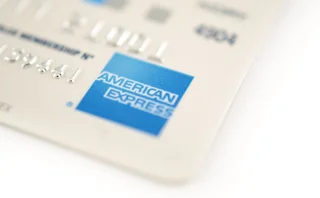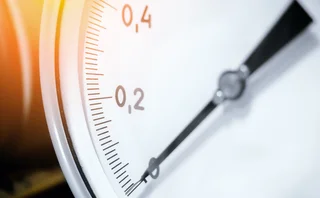

Basel and Fed G-Sib methods pose dual test to US banks
Different emphasis of rival frameworks could frustrate bank efforts to reduce systemic risk
The two methodologies used by US regulators to gauge banks’ systemic threat weight their risks differently, complicating the ability of firms to reduce or cast off applicable capital add-ons, a Risk Quantum analysis shows.
US banks are subject to two methods of measuring their systemic riskiness: Method 1, based on the Basel Committee framework; and Method 2, drafted by the Federal Reserve. Both
Only users who have a paid subscription or are part of a corporate subscription are able to print or copy content.
To access these options, along with all other subscription benefits, please contact info@risk.net or view our subscription options here: http://subscriptions.risk.net/subscribe
You are currently unable to print this content. Please contact info@risk.net to find out more.
You are currently unable to copy this content. Please contact info@risk.net to find out more.
Copyright Infopro Digital Limited. All rights reserved.
As outlined in our terms and conditions, https://www.infopro-digital.com/terms-and-conditions/subscriptions/ (point 2.4), printing is limited to a single copy.
If you would like to purchase additional rights please email info@risk.net
Copyright Infopro Digital Limited. All rights reserved.
You may share this content using our article tools. As outlined in our terms and conditions, https://www.infopro-digital.com/terms-and-conditions/subscriptions/ (clause 2.4), an Authorised User may only make one copy of the materials for their own personal use. You must also comply with the restrictions in clause 2.5.
If you would like to purchase additional rights please email info@risk.net
More on Risk Quantum
US banks diverge from global peers on OTC clearing
Clearing rates fall in US as UK, Europe and Canada push higher
LME hit hardest in BoE’s latest CCP stress test
Cover 2 liquidation scenario wipes out more than half of default fund
MBSD liquidity risk hits four-year high
Estimated largest payment obligation tops $40bn in Q3
RBC books C$984m soured-loan PCLs as tariff uncertainty persists
Set-asides run at elevated rate for yet another quarter
Interest rate ETDs surge to second-highest level on record
Futures-led surge signals firmer views on rate direction
China, US banks show highest global RWA density
American Express leads with risk density over 70%, ahead of Capital One and Truist
OCC’s initial margin spikes 27% in Q3
CCP hits new margin record for second consecutive quarter
Morgan Stanley marks biggest risk category swing in 2025 G-Sib test
Substitutability overtakes complexity at US bank for first time








